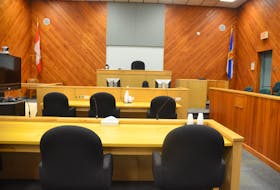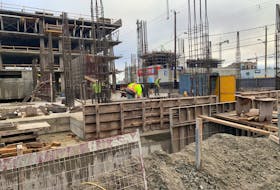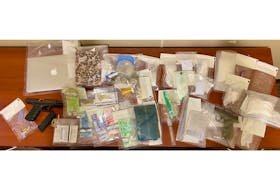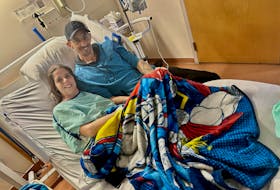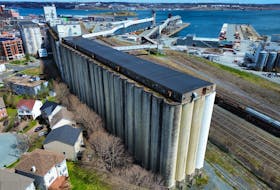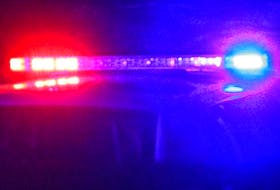BARRINGTON, N.S. — A sampling of artifacts found during the Fort St. Louis archaeological digs in Port LaTour over the past three years will be among the items on display at a pop-up museum on Nov. 23 at the Barrington Municipal Administrative Center in Barrington.
Hosted by Dr. Katie Cottreau-Robins, Curator of Archaeology for the Nova Scotia Department of Communities, Culture and Heritage, and the Cape Sable Historical Society, the open house will run from 1 to 3 p.m. and will feature “a range of artifacts to give people a full scope of what we’ve been finding,” said Dr. Cottreau-Robins in an interview.
In addition, there will be a rolling power point presentation and photographs of community members who participated in the public digs that have been part of the project.
“The goal is to provide an opportunity for the community to come in and see what’s been excavated and what they’ve helped excavate,” said Dr. Katie Cottreau-Robins. “We’ve had a lot of community folks come on the site so this is really about them.”
Over the three years of the project, Dr. Katie Cottreau-Robins said she’s talked to a lot of local folks who have told her of family members finding something at the Fort St. Louis site many years ago.
“I would really like to see those things, not to take them back to the museum, just to have a look at them and take a picture, talk about it, see if I can identify and date it," she said. "That all adds to the story of the archaeology site.”
Dr. Katie Cottreau-Robins is encouraging anyone who may have found anything at the Fort St. Louis site over the years to bring it in.
“That would be really exciting,” she said. “We’re always interested in anything community members want to share.”
Input from the community has led to Dr. Cottreau-Robins to taking a look at a site near Fort Creek Park, also in Port LaTour, where Claude de LaTour’s house may have been. Claude was the father of Charles de la Tour, whose fortified fur trading post that operated from 1620 to 1641 is marked by the Fort St. Louis site.
“We have great support from the landowner to start investigating that property so we’ve been doing some geophysical work there and will be doing some shovel testing soon,” said Dr. Cottreau-Robins. “It’s such a rich area of history and archaeology we just continue to build… The more we dig, the more we learn and the bigger the picture gets what was happening there.”
During the winter a lot of work will be going into cataloging and organizing the artifacts, said Dr. Cottreau-Robins and the plans put in motion for a virtual exhibit that will be hosted on the Nova Scotia Museum website that will highlight a dozen or so of the most important artifacts from Fort St. Louis and tell the story of the project.
Over the next year, Dr. Cottreau-Robins will be researching, writing and working towards formally presenting the N.S. Museum’s findings on the Fort St. Louis archaeology project at a conference in January, 2021 in Portugal.
In addition to early French and Mi’kmaq artifacts, archaeologists have also found potential evidence of a Basque presence at Fort St. Louis.
“As in 2018, in 2019 we continued to find in certain areas of the site, artifacts that we think we can link to the Basque,” said Dr. Cottreau-Robins. “This is a very interesting layer in the story," she said, and one that will be further researched and analysed.
Artifacts found during Fort St. Louis archaeological digs being displayed at open house in Municipality of Barrington
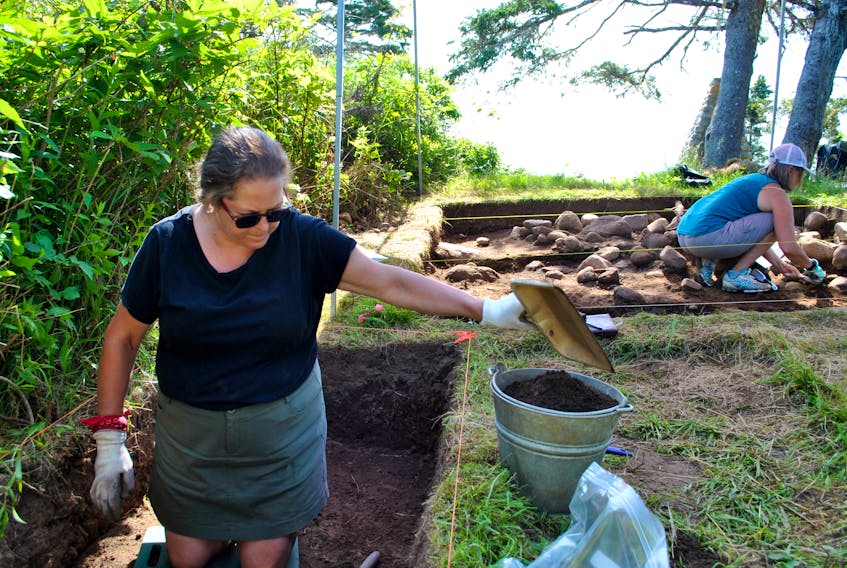
STORY CONTINUES BELOW THESE SALTWIRE VIDEOS
Sustainable Wines for Earth Day | SaltWire #reels #EarthDay #shorts

